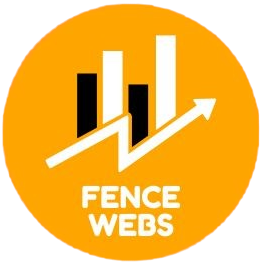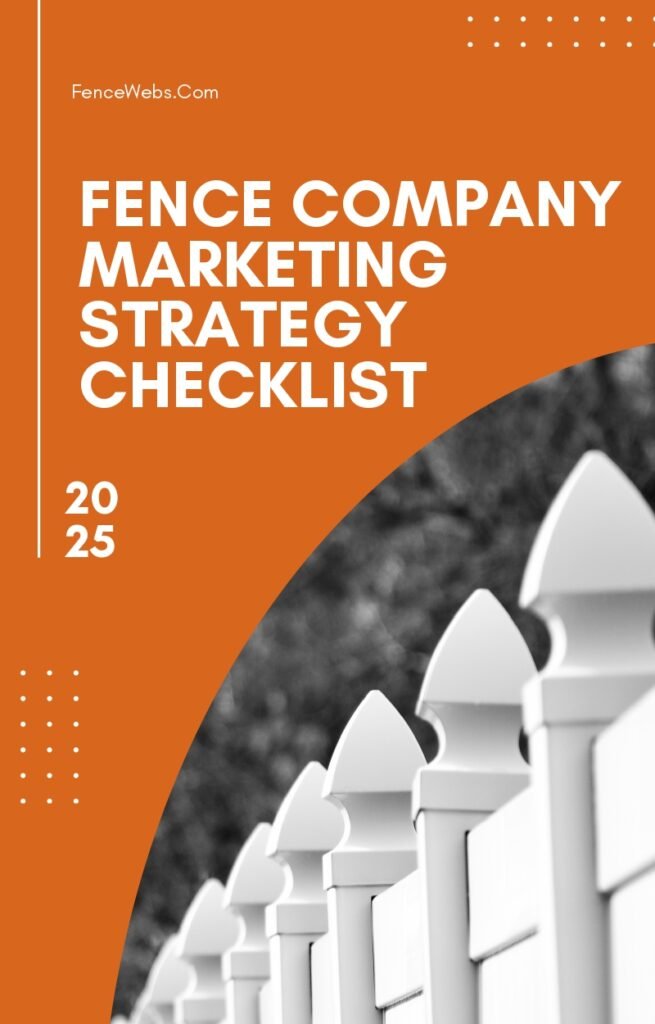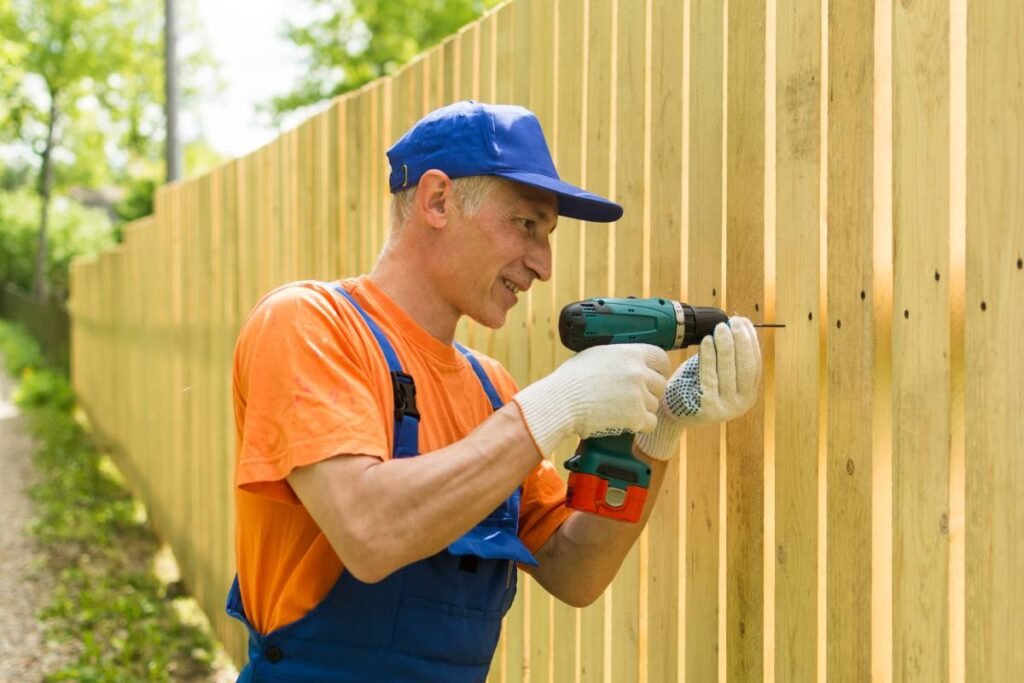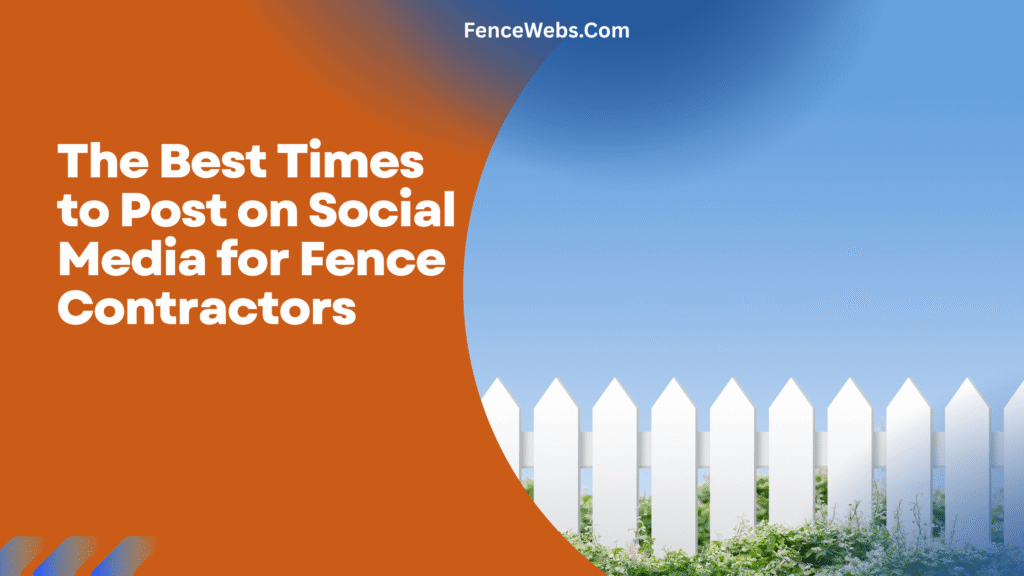You build fences. We build websites. But if your name isn’t showing up on Google Maps when someone types “fence company near me,” you’re missing out on jobs.
Let’s fix that.
Google Maps is where most people go when they need a fence built. If you want those calls, you have to show up first, or at least in the top three. That’s where the real action is.
This guide breaks it all down in plain language. Nothing fancy. Just what you need to know to get more leads.
What Is Google Maps Ranking?
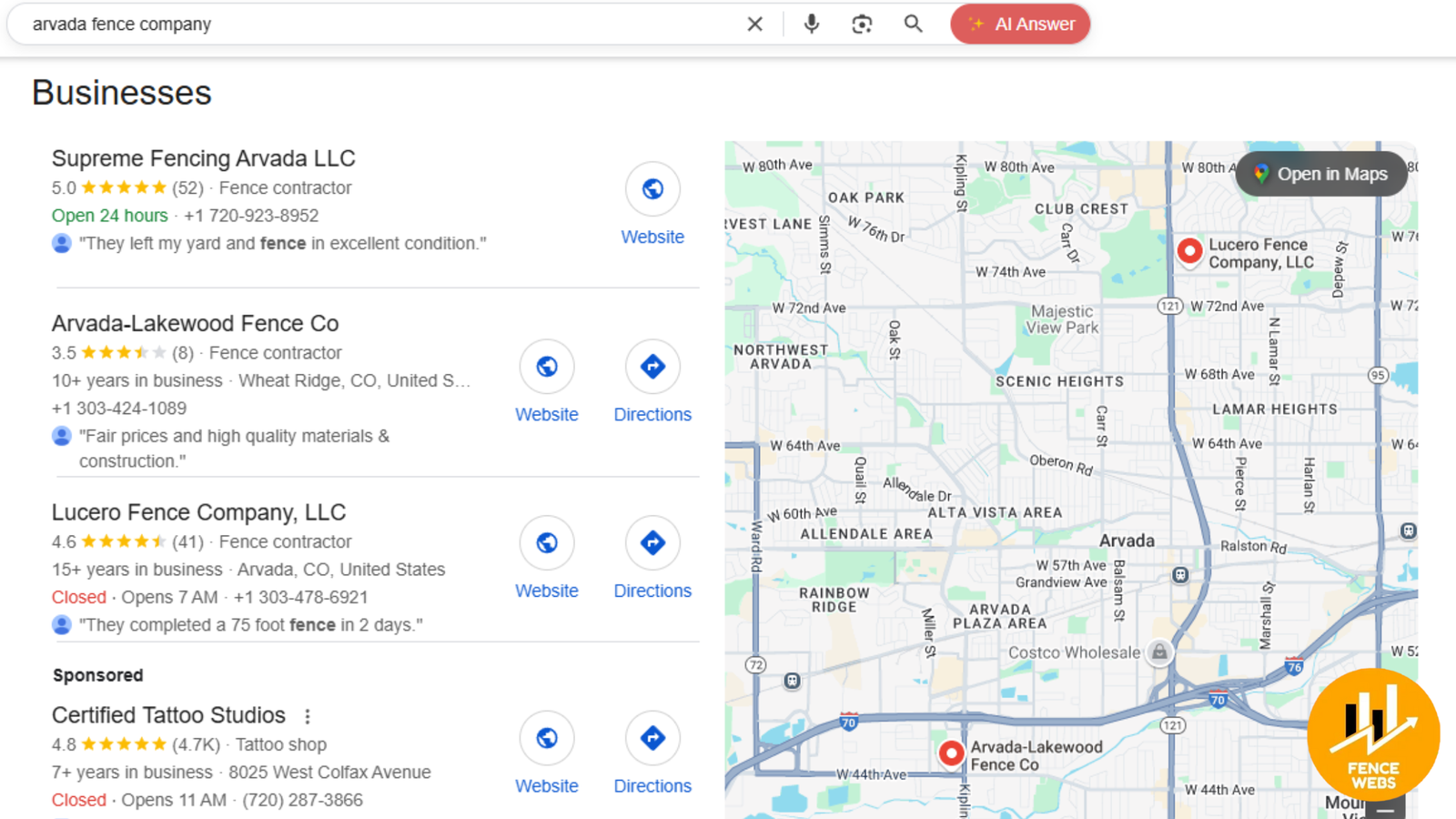
When someone searches for “fence installation near me,” Google shows a map with 3 businesses. That’s called the Map Pack.
These 3 businesses usually get most of the clicks. That means more calls, more quotes, and more installs.
If you’re not there, your competition is getting the work instead.
Why It Matters for Fence Contractors
People don’t scroll far. They want a quick answer and fast help.
If your business shows up first, you become the easy choice. That means less time selling, more time building.
Also, the more you show up, the more Google trusts your business. It’s like a snowball.
Step 1: Claim and Optimize Your Google Business Profile
This is your storefront online. It’s free, but many fence contractors either skip it or forget about it. Big mistake.
Here’s what to do:
1. Claim Your Listing
Go to google.com/business and search for your business. If it’s already there, claim it. If not, create one.
2. Add Full Business Info
Make sure your:
- Business name
- Address
- Phone number
- Hours
- Website link
- Service area
…are 100% correct.
3. Choose the Right Category
Primary: Fence Contractor
Secondary: Fence Supply Store (if you sell materials), Deck Builder (if you also do that), etc.
4. Add Photos
Show off your work. Before and after photos, clean job sites, and your crew all help build trust.
5. Keep It Active
Post once or twice a week. Show off recent jobs. Add seasonal deals. Google likes active profiles.
Step 2: Get More Reviews and Respond to Them

Google uses reviews to help decide who shows up first.
More good reviews = better chance of ranking.
Here’s how to get them:
- Ask every happy customer. Text them a link.
- Make it easy. Use a short link or QR code.
- Respond to every review, even the bad ones.
Tip: Don’t buy reviews. Google knows, and it can hurt you.
Step 3: Make Sure Your Website Supports Your Map Ranking
Your website still matters. A lot.
Google looks at your website to confirm what your business does and where you serve.
Here’s what you need:
- Your business name, address, and phone number (NAP) on every page
- A clear list of services (wood fences, vinyl, chain link, etc.)
- Location pages for nearby towns you want to rank in
- A mobile-friendly site that loads fast
Bonus tip: Use real photos of your work, not stock photos. Google can tell.
Step 4: Add Local Content
Write blog posts or service pages that mention the towns or cities you work in.
Examples:
- “Best Fence Types for Yards in Springfield”
- “Why Chain Link Fencing is Popular in East Dallas”
- “Fence Laws and Permits in Johnson County”
This tells Google you’re active in those areas.
One post a month is better than none.
Step 5: Build Local Citations
Citations are online mentions of your business info (name, address, phone).
The more places that show your info, the more Google trusts your business is real.
Start with these:
- Yelp
- Angi
- HomeAdvisor
- Houzz
- BBB
- Local Chamber of Commerce
- Fence specific directories (if any exist)
Keep the info exactly the same everywhere.
Step 6: Run Local SEO Audits
Check for mistakes. See where you can improve.
Things to check:
- Are your name, address, and phone consistent?
- Do all your listings match?
- Is your website linked from your Google Business Profile?
- Do you have broken links?
- Is your site mobile-friendly?
You can use tools like BrightLocal or Whitespark. Or you can hire someone (like us) to check.
Step 7: Use Local Backlinks
Backlinks = links from other websites to yours. Local ones are best.
Try to get links from:
- Local news outlets
- Local blogs or Facebook groups
- Suppliers or subcontractors
- Community boards
One way to earn these: do something local and let people know. Sponsor a little league team. Join a charity build. Offer tips for homeowners in a local group.
Step 8: Use Google Ads and Facebook Ads (the Right Way)

Running ads won’t directly boost your map ranking, but it helps your overall traffic. Google sees the activity.
Use Google Ads for fence keywords + your town. Example: “Privacy fence install Nashville.”
Facebook works well for showing off your work with photos or videos.
Use both to stay top of mind.
Step 9: Track Results
Don’t just guess. Use real data.
Look at:
- Google Maps views
- Calls from your Business Profile
- Website traffic from local searches
Tools that help:
- Google Business Dashboard
- Google Analytics
- CallRail (to track phone calls)
If it’s working, you’ll see more calls without increasing your ad spend.
What to Avoid
Some things hurt more than help. Avoid these:
- Fake reviews
- Keyword stuffing (repeating the same word over and over)
- Using a fake address or virtual office
- Ignoring your listing for months
- Posting blurry photos
Google’s smart. Trying to trick it can backfire.
What If You Don’t Have Time?
You’re good at building fences. You may not want to spend hours on your website or checking listings.
That’s where we come in.
At FenceWebs, we do this stuff every day, only for fence companies. SEO, websites, ads, and Google Business Profiles. No fluff. No big agency nonsense.
You want the phone to ring. We help make that happen.
Final Thoughts
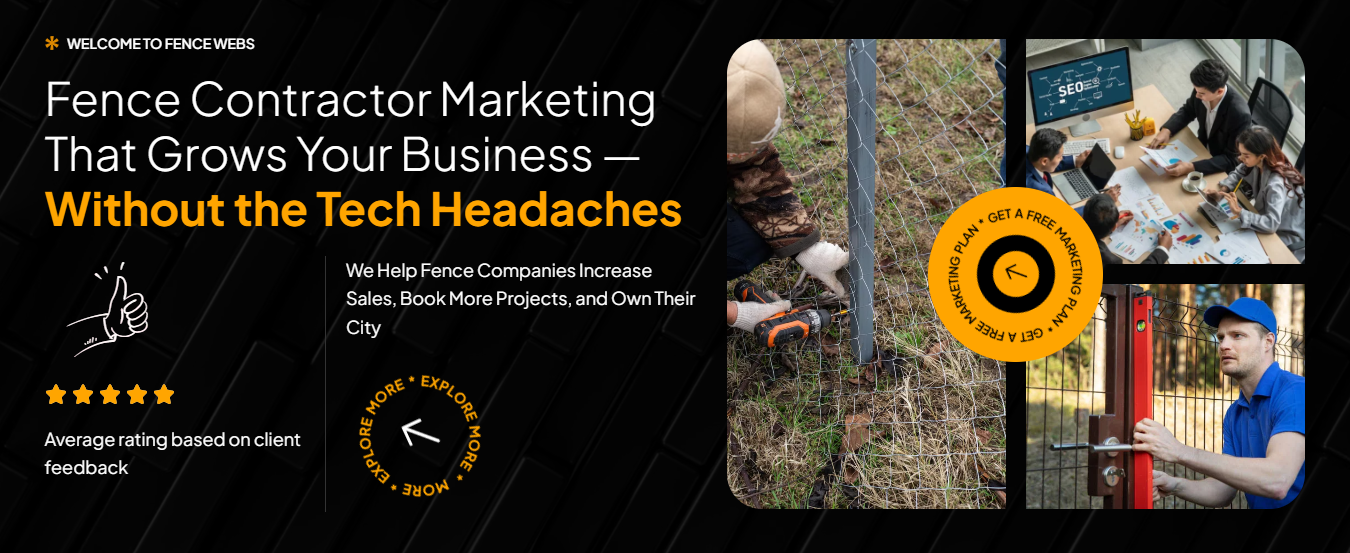
Ranking #1 in Google Maps doesn’t happen overnight. But if you keep things clean, consistent, and active, you’ll move up.
Start with your Google Business Profile. Then focus on reviews, your website, and getting listed in the right places.
Stick with it. The calls will come.
If you ever need help, FenceWebs is here.
Let’s get you more jobs.
